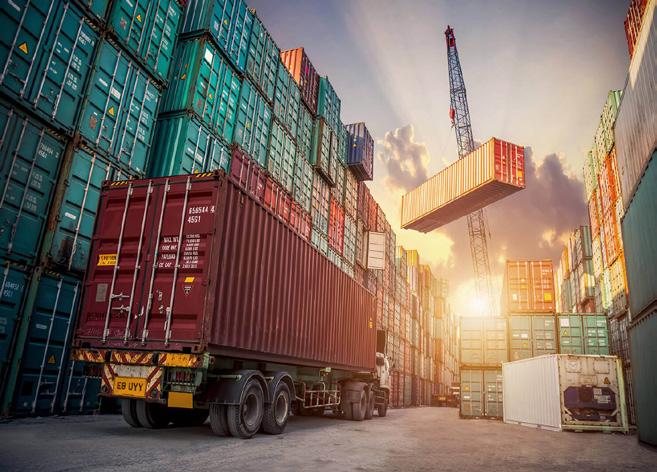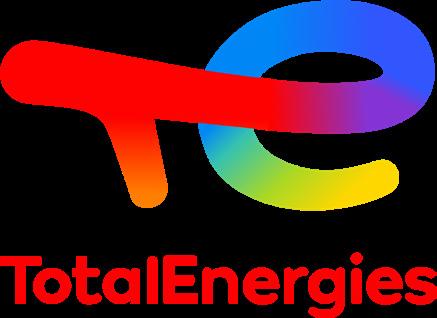
4 minute read
MIDDLE EAST Energy Review
By Tsvetana Paraskova
The Middle East’s biggest oil producers grabbed the spotlight in the past month after announcing a surprise additional crude output cut of over 1 million barrels per day (bpd) until the end of this year, in “a precautionary measure aimed at supporting the stability of the oil market.”
OPEC also published its latest Monthly Oil Market Report (MOMR), in which the organisation dominated by Middle Eastern oil producers slightly raised its estimate for China’s oil demand growth for 2023, but left global demand outlook unchanged from the previous report.
OPEC+ moves to support oil prices after banking sector turmoil
After signalling for weeks that the price selloff is no reason to alter the production agreement, several of the largest producers in the OPEC+ alliance shocked the market when they announced on 2 April, a Sunday, new cuts in production that will be valid between May and December 2023.
“This is a precautionary measure aimed at supporting the stability of the oil market,” said Saudi Arabia, the de facto leader of OPEC and the world’s largest crude oil exporter, as it announced it would reduce its oil production by 500,000 bpd until the end of 2023.
On the following day, the meeting of the Joint Ministerial Monitoring Committee (JMMC) of the OPEC+ group only acknowledged the cuts announced on April 2 and used the same wording as Saudi Arabia did, in a move suggesting that the producers who joined the cuts had carefully coordinated their decision before the official announcement was made.
The JMMC meeting noted the voluntary production adjustment announced by OPEC heavyweights Saudi Arabia, Iraq, the United Arab Emirates (UAE), and Kuwait, plus OPEC’s Algeria and Gabon, and non-OPEC Oman and Kazakhstan. Those cuts will add to Russia’s
Smart Procurement
At Craig International, procurement isn’t just about processes, products and numbers. We promote a culture of ownership among our people, who are trusted to get on with the job on your behalf. We’re proud of how we serve clients.

www.craig-international.com current 500,000 bpd cut which was extended until the end of the year.
We’re always looking for new ways to add value and routinely introduce new technological solutions to make service delivery even simpler, smoother, faster.
From within OPEC, Iraq is set to cut 211,000 bpd of its supply, the UAE will reduce 144,000 bpd from its production, and Kuwait is set to cut 128,000 bpd of its output. Added to the Saudi cut of 500,000 bpd, nearly 1 million bpd of supply from the Middle East are set to disappear from the market as of May 2023.
Analysts have offered various viewpoints on the OPEC+ cuts. Some say the alliance is looking to put a floor of $80 per barrel under Brent oil prices and thus ensure consistently higher revenues going forward, following the plunge in prices in March due to fears of a recession and the banking turmoil in the US and Europe. Others say that the fresh cut, by producers who have historically delivered on pledges to reduce oil output, could be an admission by the OPEC+ group that demand growth may not be as strong as many have expected earlier this year.
The US criticised the additional cuts from OPEC+, saying they are “unadvisable” at a moment of market uncertainty.
Many analysts say that with the OPEC+ cuts, the oil market deficit in the second and third quarters of this year would grow much more than previously expected and push prices higher. Some have resumed talk about $100 per barrel oil this year as the latest cuts are set to accelerate market tightening this year.
However, all analysts and forecasters warn that much will depend on oil demand, especially if the US or global economy significantly slow down due to the ongoing interest rate hikes.
OPEC sees oil product balances less tight
OPEC offered some market fundamentals-linked explanation for the cuts in its closely-watched Monthly Oil Market Report (MOMR) for April.
“On inventories, OECD commercial inventories have been building in recent months, and product balances are less tight than seen at the same time a year ago,” OPEC said.
Commenting on the “less tight” product balances, OPEC said, “Given these uncertainties surrounding current oil market dynamics, several countries in the Declaration of Cooperation (DoC) have announced additional voluntary adjustments as of May 2023 and until the end of the year, and this was in support of the ongoing relentless and determined DoC effort to support the stability of the oil market.”
In the same report, OPEC raised its demand growth estimate for China to 760,000 bpd year-on-year in 2023, up from the 710,000 bpd growth expected in the previous report. The cartel, however, left the projection for global oil demand growth unchanged at 2.3 million bpd annually for 2023, due to heightened uncertainties about the economy amid continued money tightening measures.
Saudi Aramco expands downstream presence in key Chinese market
While Saudi Arabia and other major Middle Eastern oil producers were coordinating an announcement of a market intervention for the short term, Saudi oil giant Aramco is playing the long game and looking to lock in market share in China for decades to come.
So Aramco has recently announced it was expanding its presence in China by acquiring a 10% stake in Shenzhen-listed Rongsheng Petrochemical Co. Ltd for the equivalent of $3.6 billion. Through the strategic arrangement, Aramco would supply 480,000 bpd of Arabian crude oil to Rongsheng affiliate Zhejiang Petroleum and Chemical Co. Ltd (ZPC), under a longterm sales agreement.
The agreement “promises to secure a reliable supply of essential crude to one of China’s most important refiners,” said Mohammed Y. Al Qahtani, Aramco Executive Vice President of Downstream.
The Saudi firm also plans, together with its joint venture partners NORINCO Group and Panjin Xincheng Industrial Group, to start construction of a major integrated refinery and petrochemical complex in Panjin, in the Liaoning province in northeast China.
Aramco will supply up to 210,000 bpd of crude oil feedstock to the complex, whose construction is due to start in the second quarter of 2023 after the project secured the required administrative approvals. The complex is expected to be fully operational by 2026.
Iraq and TotalEnergies agree terms on major energy deal
French supermajor TotalEnergies and the federal Government of Iraq have agreed on the terms
TotalEnergies and its partners will invest approximately $10 billion in a project to recover flared gas on three oil fields in order to supply gas to power generation plants; a project to build a seawater treatment plant in order to provide water injection for pressure maintenance to increase regional oil production, as an alternative to the use of fresh water from rivers and aquifers











